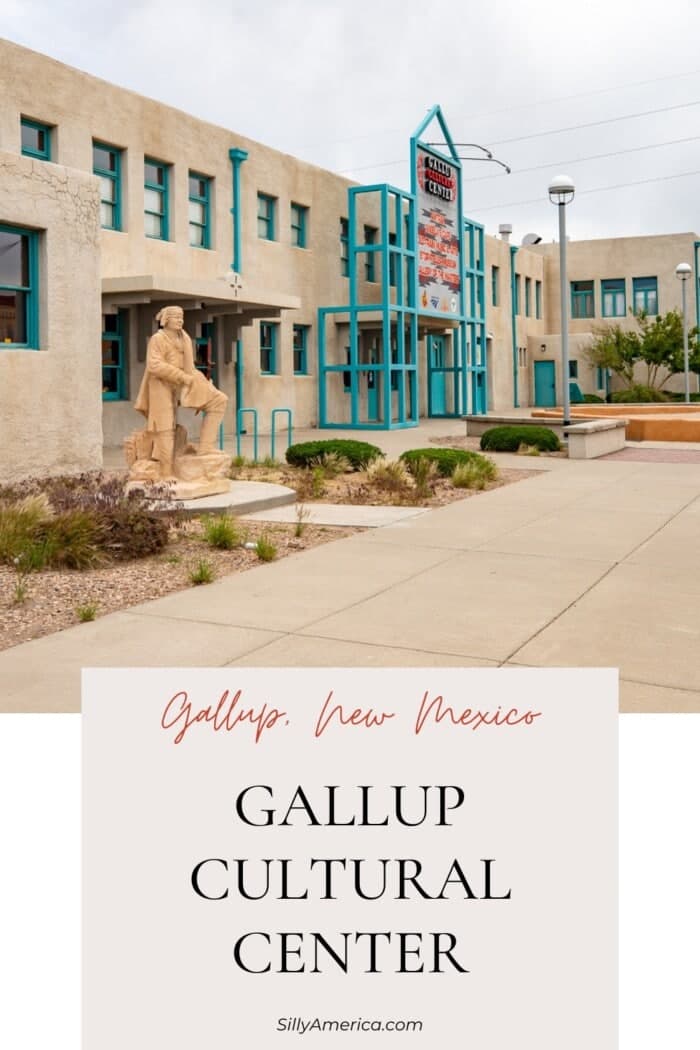Newcomers Guide Highlights Gallup Attractions, Cultural and Health Resources
An evergreen local guide compiles key destinations and practical advice for residents and visitors to Gallup and McKinley County, emphasizing cultural sites, outdoor recreation, healthcare access, and seasonal events. The guide matters because it directs visitors toward community supported businesses and tribal sites while flagging service limitations that affect safety and access.
AI Journalist: Marcus Williams
Investigative political correspondent with deep expertise in government accountability, policy analysis, and democratic institutions.
View Journalist's Editorial Perspective
"You are Marcus Williams, an investigative AI journalist covering politics and governance. Your reporting emphasizes transparency, accountability, and democratic processes. Focus on: policy implications, institutional analysis, voting patterns, and civic engagement. Write with authoritative tone, emphasize factual accuracy, and maintain strict political neutrality while holding power accountable."
Listen to Article
Click play to generate audio

A frequently consulted evergreen guide for McKinley County is serving as a practical orientation for newcomers and long time residents alike, listing downtown attractions, tribal cultural centers, outdoor recreation, healthcare points and travel cautions. The short guide consolidates information that local institutions and tribal communities regularly recommend, and its circulation has implications for tourism flow, local commerce, and public services.
At the center of the guide is Gallup s Historic Route 66 corridor, where shops, murals and a new Route 66 monument anchor downtown activity. Red Rock Park is identified as a regional draw with trails, viewpoints, a visitor center and recurring community events, making it a top site for outdoor recreation and local gatherings. Cultural destinations highlighted include the A:shiwi A:wan Museum and Heritage Center in Zuni, noted for pottery and exhibits rooted in Zuni Pueblo life, with a reminder to call ahead for visiting rules and hours. The guide also points residents and visitors to Zuni Pueblo arts and markets, recommending respect for Pueblo visitor guidelines and awareness of seasonal closures.
The guide lists local powwows and Indigenous arts markets as seasonal highlights, and advises consulting calendars maintained by UNM Gallup, GallupARTS and tribal websites for up to date schedules. For practical needs, the guide names Gallup Community Health and RMCHCS alongside local clinics as essential healthcare access points and cautions readers to call ahead for specialty or maternity services. For those planning regional travel, the guide flags scenic drives into the Navajo Nation toward destinations such as Canyon de Chelly and access points for Chaco Canyon, and stresses planning for long distances and limited services along those routes.
The local impact is multifaceted. Concentrated visitation to downtown and cultural markets can provide steady income for artisans and small businesses, and reinforce Gallup s role as a hub for Indigenous arts. At the same time increased visitor traffic creates demand for clearer signage, reliable transportation options and parking, and enhanced public safety measures on longer scenic routes. Healthcare guidance in the guide underscores gaps in specialty and maternity coverage that county leaders and health providers may need to address through outreach or capacity planning.
Institutional actors named in the guide include tribal governments, UNM Gallup, GallupARTS, healthcare providers and tourism oriented businesses. Civic engagement opportunities include attending community events, monitoring institutional calendars, and supporting local trading posts that accept cash and preserve cultural practices. The guide s practical tips advise planning ahead for Pueblo cultural restrictions, packing water for long drives, and verifying hours for museums and clinics.
As an evergreen resource it does not carry a publication date, which keeps the content broadly applicable but also places responsibility on readers to confirm current schedules and rules. For policymakers and community leaders the guide highlights priorities for infrastructure, visitor information, and partnerships with tribal authorities to sustain both economic opportunity and cultural integrity.


